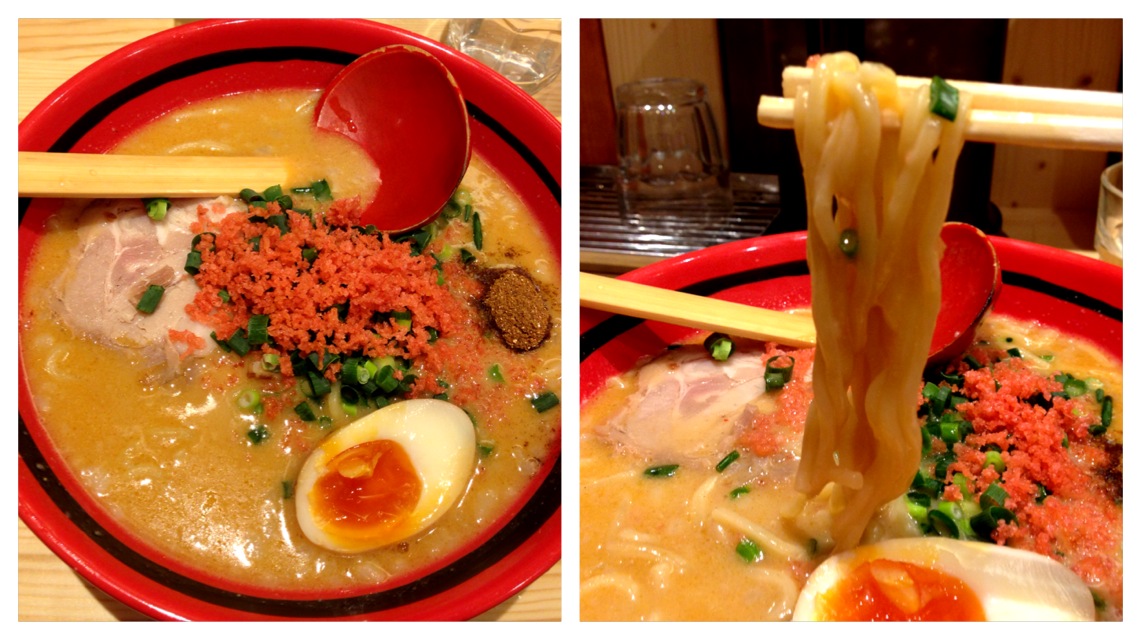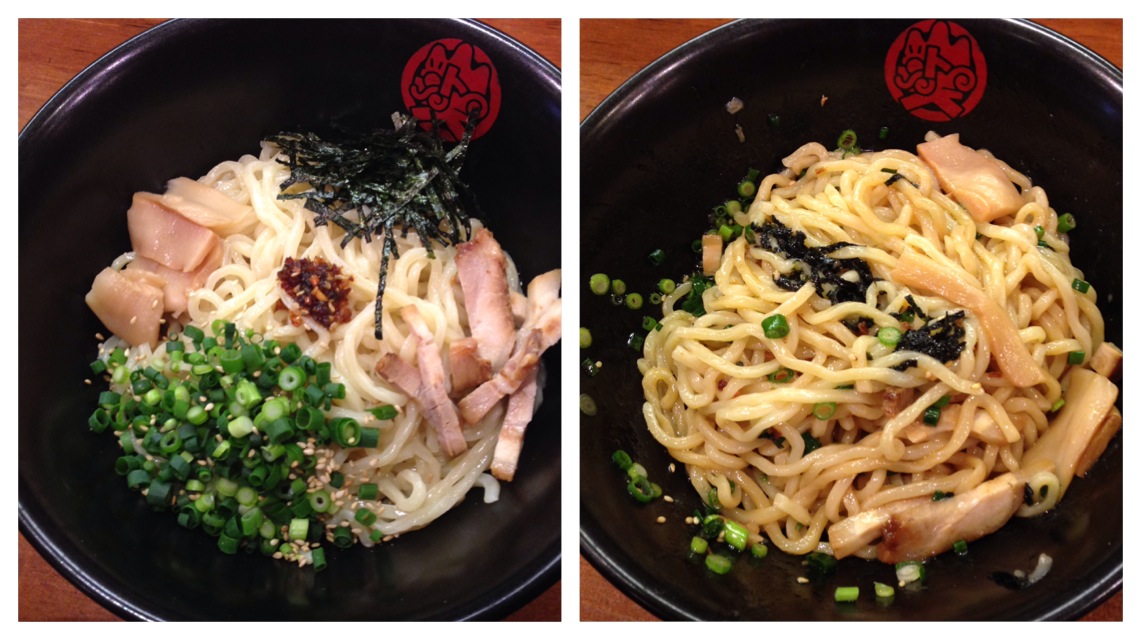It can be said that “ramen” has become a synonym for a Japanese cuisine. There are many ramen shops around the world, and now it might not be that hard to have ramen in your country or city, but why don’t you have a real ramen bowl in Japan?
What comes to your mind when you hear “Japanese cuisine”? What is your favorite one? Sushi? Tempura? Gyudon? I guess many people say “I like ramen”. Ramen is a noodle soup that was originally imported from China, and developed independently in Japan. Mainly there are four basic tastes, shoyu ramen, shio ramen, miso ramen, tonkotsu ramen, and besides this, some original ones have become popular since ramen scene has been developed day by day.

To begin with, how about trying the basic tastes? Shoyu ramaen has soy sauce based soup, shio ramen has salt based soup, miso ramen has Japanese seasoning “miso” based soup and tonkotsu ramen has pork bones based soup. It seems the difference is only this seasoning at a first glance, but you just cannot underestimate the tastes of these ramens. Each ramen shop has own soup stock which takes a long time to make. Some shops make the soup stock from dried fish, some use chicken, pork, beef or their bones, vegetables such as carrots, onions and gingers, and then by adding the seasonings to the soup stock they make their own taste. What is more, they are particular about ramen noodles. Thick, chewy and al dente noodles, wavy noodles that get caught in the soup well, smooth and slippery straight noodles, it is not easy to explain noodle’s texture, but each shop regulates the noodle’s thickness, length and ingredients to go perfectly with the soup. Just focusing only on soup and noodles there are various kinds of ramen shops, and each shop has its own special taste. Please try the four basic tastes first, or it might be interesting to eat only one taste at many shops.
If you have already tasted some basic ones and want to try a new one, there are also many shops that have different styles of ramen. First, “tsuke-men” is as popular as ramen. It is served soup and noodles separately, and you dip the noodles in the soup. The soup is richer than normal ramen, after you eat the noodles you can ask the staff to add soup stock to your soup and by doing this you can taste the soup too. “Maze-soba” or “shirunashi-soba” has also become popular, and is my favorite. “Soba” means noodles, and this kind of ramen has no soup. In a bowl there are noodles, many toppings, and some seasonings. You should mix these well before you eat. It is said it looks like a junk food, but it is also said maze-soba is low in calories compare to normal ramen, so if you care about your health it might be better to choose this. The unique ones are such as curry ramen, Italian ramen, spicy ramen and toripaitan ramen. “Tori” means chicken, and the soup is made from whole chicken or its bones. The soup is thick and mild but light. My friend who is crazy about ramen said this toripaitan ramen is in fashion now, so if you want to experience the latest ramen scene, have this bowl.

Tokyo is a big ramen battleground. There are about four thousands ramen shops in Tokyo, therefore it is easy to find anywhere. I recommend you Shinjuku, Shibuya and Akihabara. These three places are standard tourist spots and famous as shopping area for fashion clothes and electrical products, but also have many famous and delicious ramen shops. When you come to this place and feel hungry while shopping and sightseeing, it is good to have a hot and fresh ramen bowl. There are also various local ramen styles nationwide, such as Sapporo that is famous for miso ramen, and Hakata that is famous for tonkotsu ramen. If you are a big fan of ramen and have plenty of time to go around Japan, please add these places to your list.
When you come to Japan, why don’t you have a real Japanese ramen bowl?
Ayaha Sasaki